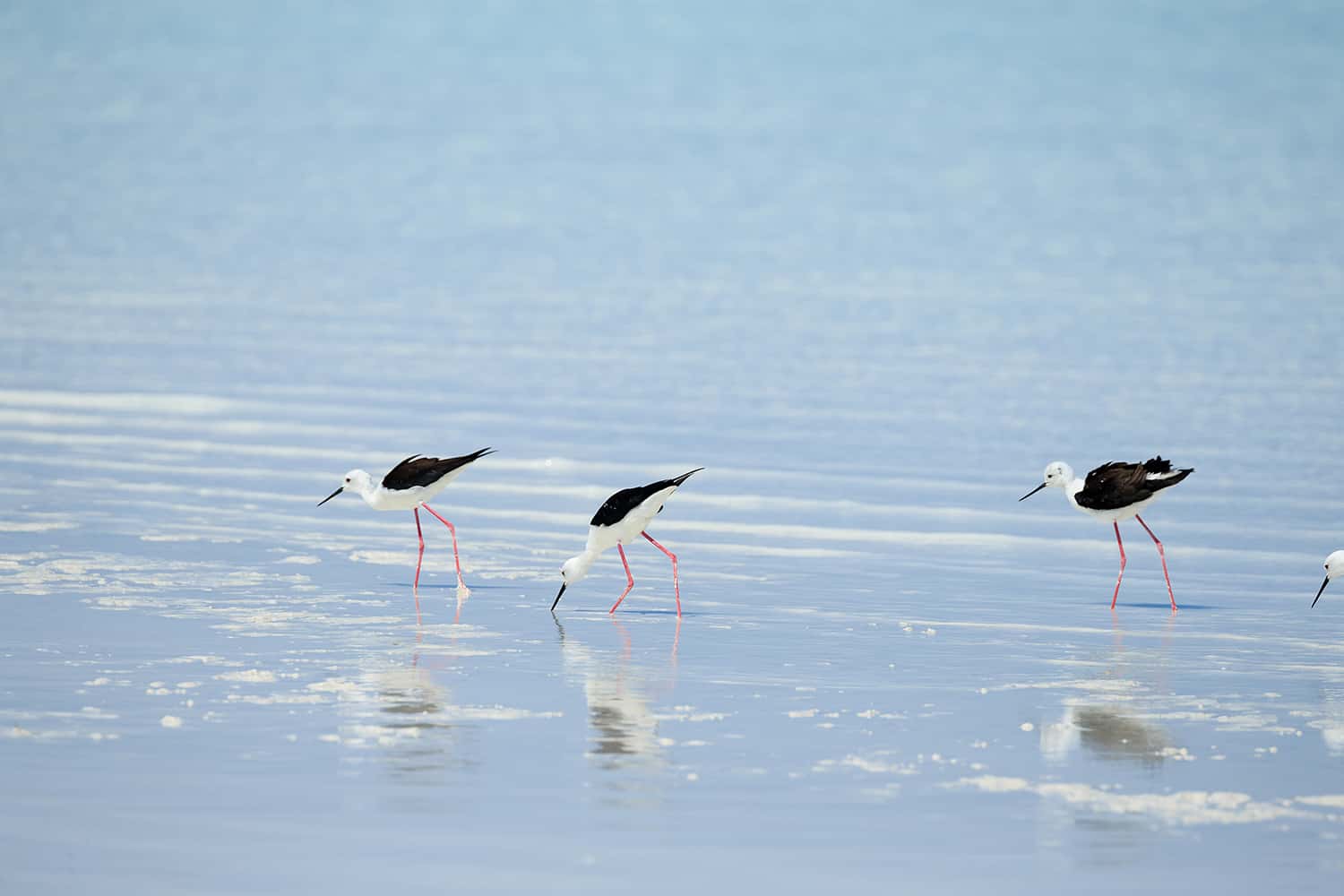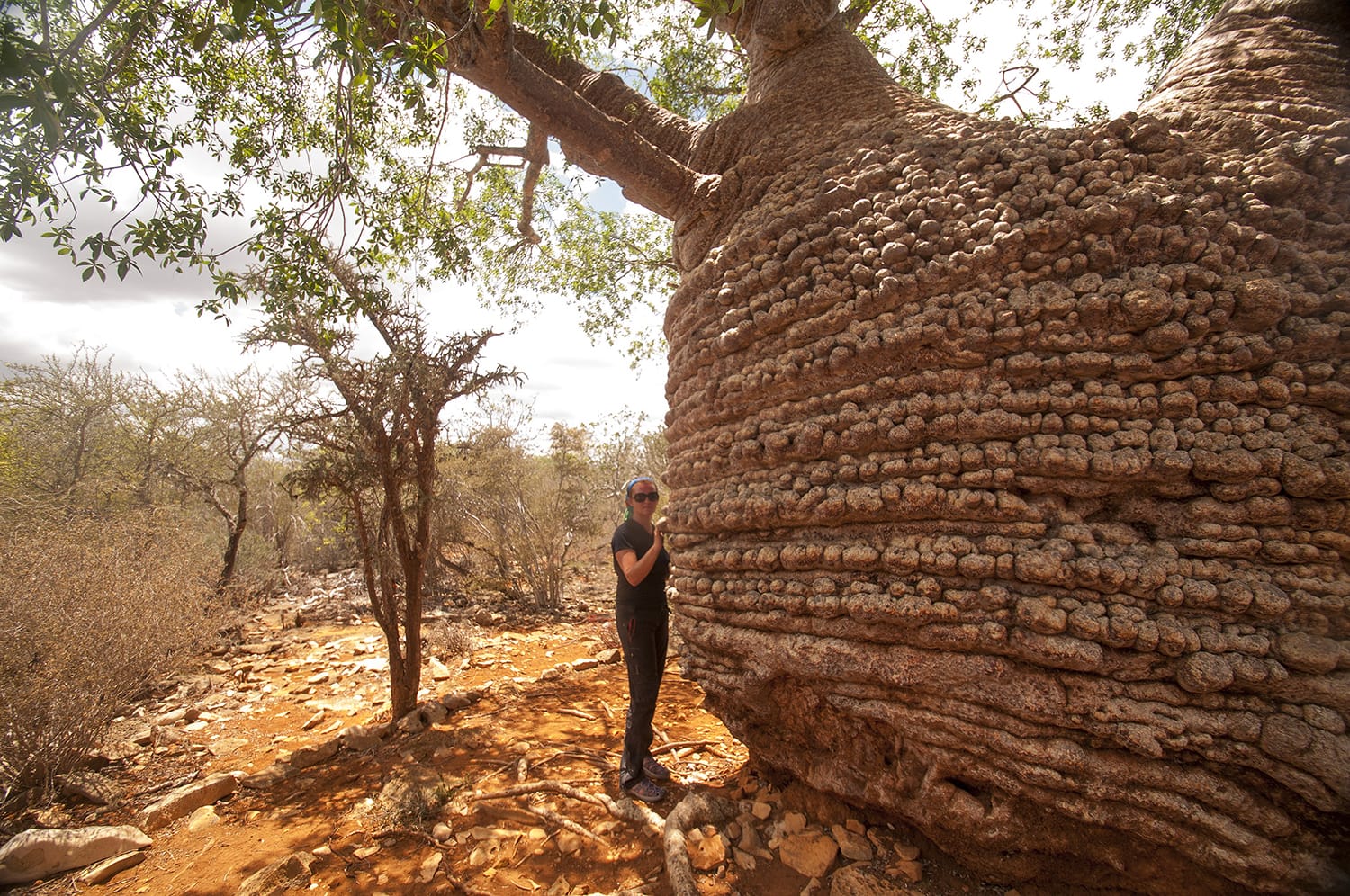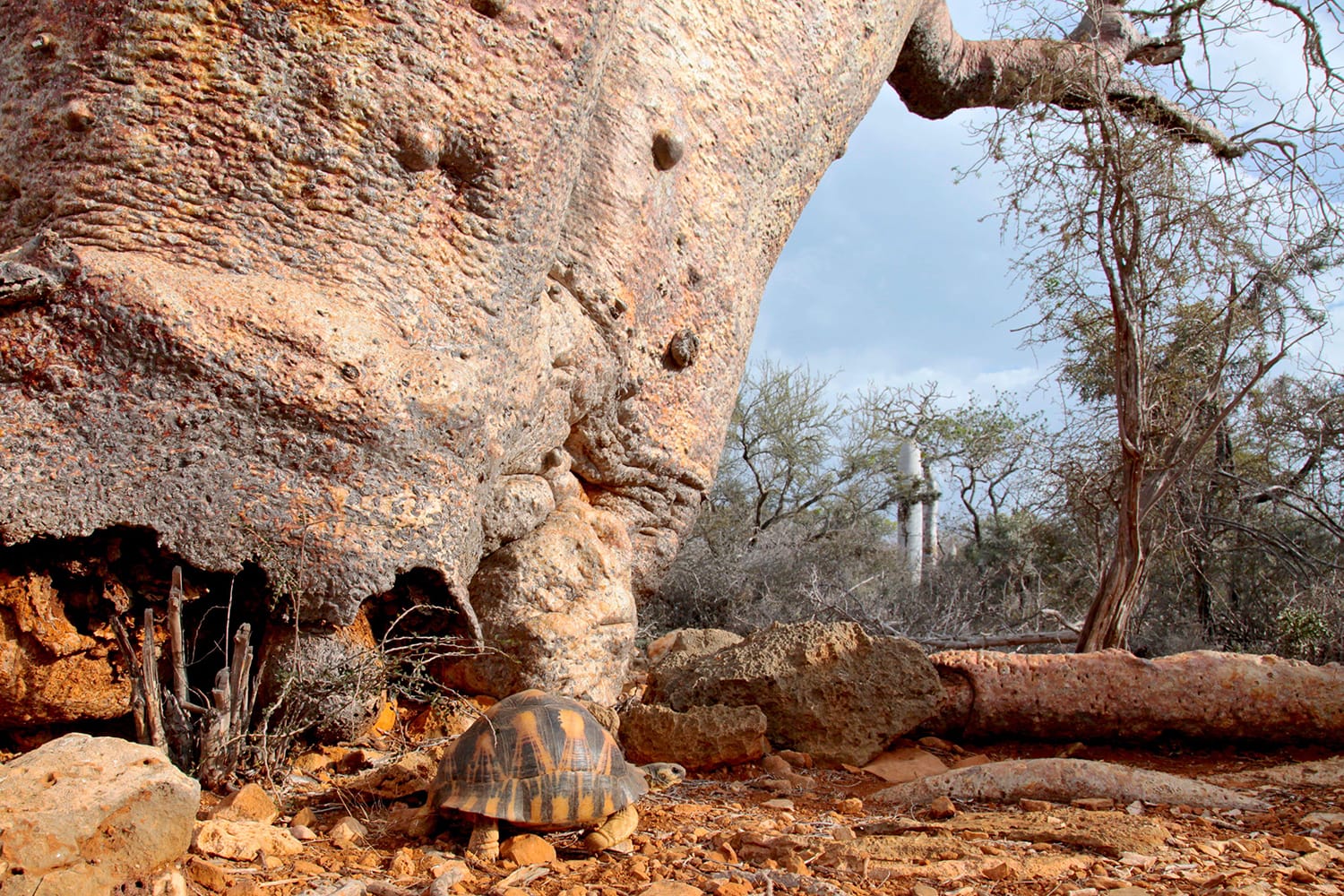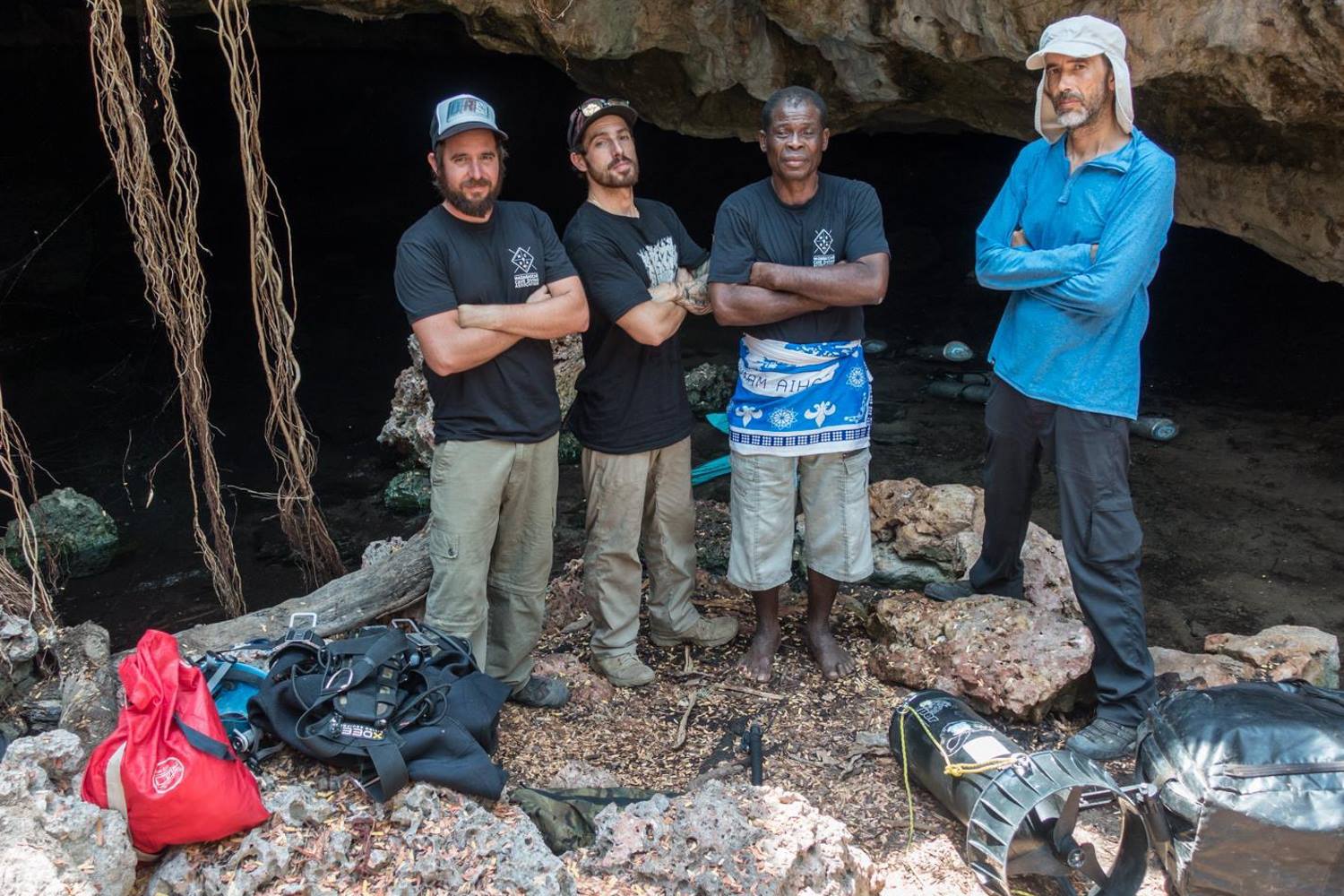



OUR FIRST APPOINTMENT
A meeting via WhatsApp or Zoom with us to have a virtual tea or coffee and guide you on what we can offer you based on your travel requirements.
ROUTE DESIGN
Cocreamos junto a ti, una ruta 100% a medida según tus preferencias: alojamientos, vehículo, guía, visitas, actividades, encuentros…
SERVICES
We offer you the chance to enhance your trip with our little ‘pills’ that will make your experience unique and memorable.









